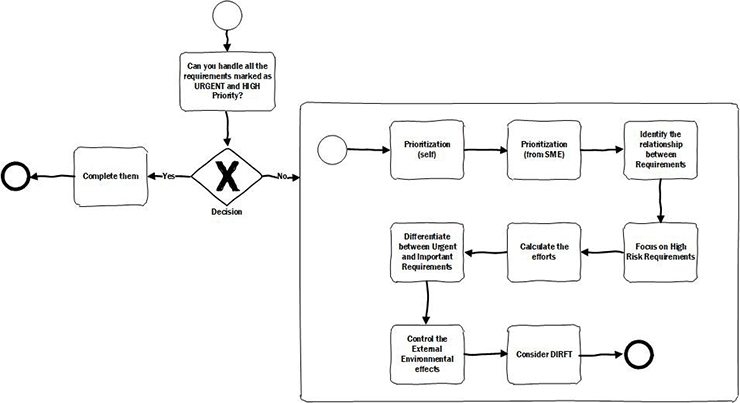Beyond Frameworks: Agile Insights from a BA’s Odyssey
Reflecting on my journey from a Junior Business Analyst to a seasoned Business Analyst and eventually evolving into a role where Business Analysis and Product Management intersect, I’ve had the privilege to contribute to organizations as diverse as Boeing, Rolls-Royce, and EPAM, alongside navigating the unique challenges of smaller entities.
This path, spanning over 13 years and multiple domains, has equipped me with a deep understanding of Business Analysis from the grassroots, teaching me the crucial balance between adhering to frameworks and embracing the agility necessary for today’s dynamic business environment. This narrative is an exploration of that journey, emphasizing the transition from rigid methodologies to agile adaptability, and the critical importance of customer focus and stakeholder management.
In the early stages of my career, the allure of frameworks was undeniable. They presented a structured way of understanding Business Analysis and Product Management, offering a semblance of control and predictability in the chaotic realm of project management.
However, as I progressed, the limitations of these frameworks became increasingly apparent. The real-world application of Business Analysis goes beyond the confines of any framework. It demands an acute awareness of the shifting business landscape and the ability to think on one’s feet—a blend of deep analytical thinking and pragmatic street smarts.
This evolution in perspective was mirrored in my approach to project management. Initially, my focus was on mastering the technical aspects: understanding the ‘what’ and ‘why’ to navigate towards solutions and create value for users. Yet, I quickly learned that the essence of effective Business Analysis lies in the ability to communicate, adapt, and understand the broader business context—skills that are foundational yet flourish only with experience and deliberate practice.
Communication emerged as the cornerstone of my professional development. The capacity to engage with a diverse set of stakeholders—customers, engineers, designers, and executives—and synthesize their insights is paramount. It’s a skill that goes beyond mere articulation; it’s about understanding the audience, choosing the right words, and effectively conveying complex ideas in a manner that resonates.
This skill set has been instrumental in navigating the complexities of projects, ensuring alignment across teams, and driving towards common goals with clarity and purpose.
As I embraced the agile methodology, the importance of flexibility became glaringly evident. Agile is not just a buzzword; it’s a mindset that values adaptability, customer-centricity, and continuous improvement.
It challenged me to think differently about project management, to be more iterative in my approach, and to prioritize direct feedback loops with stakeholders and customers. This agility has been crucial in climbing the project ladder, allowing for rapid pivots and adjustments in response to new insights or changing market dynamics.
Customer focus and stakeholder management have been the bedrock of my growth as a Business Analyst. Recognizing the criticality of these aspects, I’ve dedicated myself to becoming adept at navigating the complex web of stakeholder relationships and ensuring that the voice of the customer is always at the forefront of decision-making. This has involved honing my ability to manage expectations, articulate value propositions clearly, and foster an environment of trust and collaboration.
Advertisement
In retrospect, the journey from adhering strictly to frameworks to adopting a more flexible, agile approach has been transformative. It has taught me that while frameworks provide valuable guidance, the essence of Business Analysis and Product Management lies in the ability to adapt, communicate effectively, and maintain a relentless focus on the customer and business objectives.
As I continue to navigate this ever-evolving landscape, these insights will remain central to my approach, guiding my decisions and actions in the pursuit of creating meaningful, impactful solutions.


